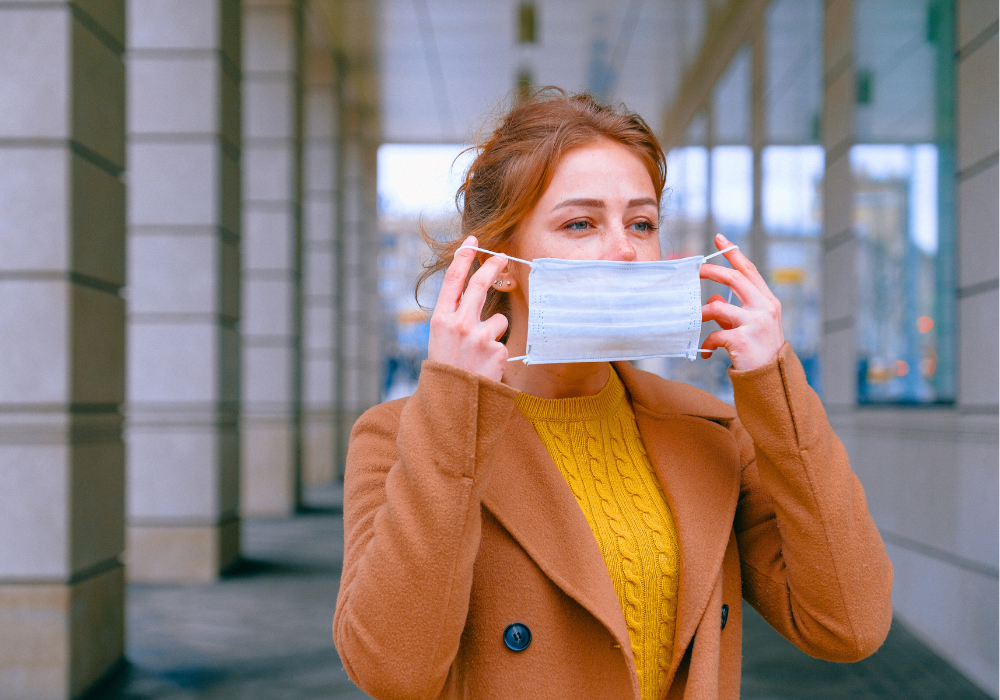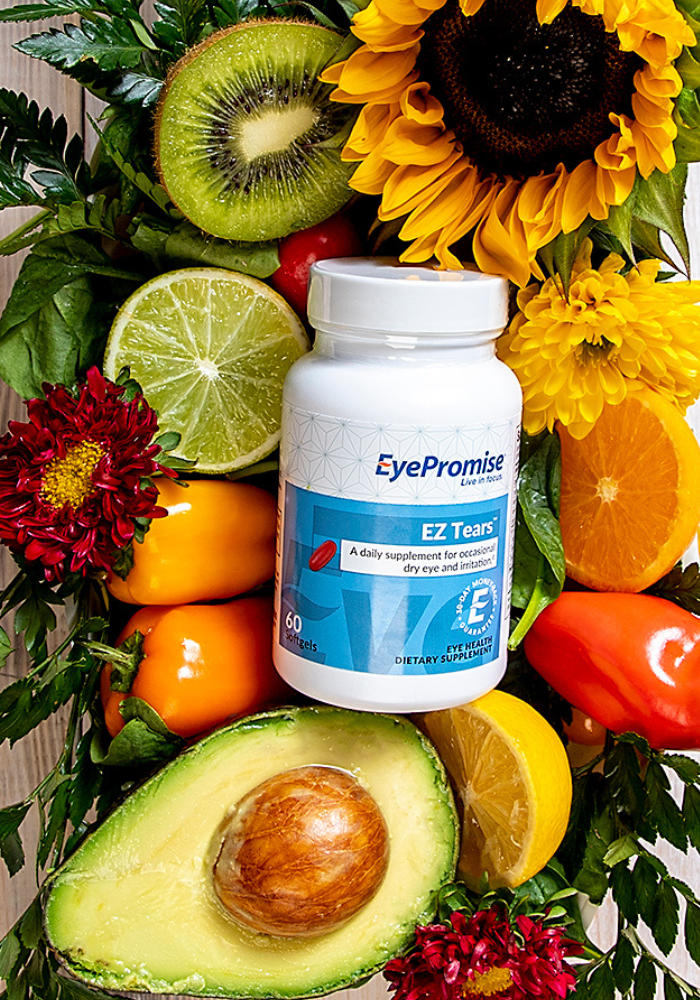Modifiable Risk Factors for Occasional Dry Eye
Posted by EyePromise on Feb 8th 2024
Occasional dry eye is identified by symptoms like dryness, irritation, itching, redness, burning, grittiness, and even excessive watering. These symptoms can be caused by several internal and external factors. Some believe occasional dry eye is inevitable, not realizing these common risk factors are modifiable, which can and should be mitigated.
Screen Time

A study out of New Zealand found that with increased and prolonged screen time came the increased risk of occasional dry eye. This is no surprise, as occasional dry eye is often linked to digital screen use due to decreased blink rate. That means that when you’re focused on a screen like your smartphone, tablet, computer, or even TV, you physically blink less often. Additionally, those blinks you do take tend to not be complete, meaning your eyelids don’t fully close.
Finding Relief
- Try voluntary blink exercises. Every few minutes, consciously blink several times, holding your eyes closed for a few seconds and then fluttering your eyelids.
- Take breaks every 20-30 minutes of screen use. Spend at least 1-2 minutes away from the screen.
- Keep over-the-counter eye drops near your commonly used devices to relubricate your eyes when they start to feel the effects of screen time.

Face Masks
Since the COVID-19 pandemic, there has been a rise in reports of occasional dry eye symptoms. This is thought to be due to wearing face masks, as the gap that tends to occur right around the nose area allows air to be pushed up towards the eyes. This thought is reinforced when occasional dry eye complaints are more common in prolonged mask wearers.
Finding Relief
- Use the nose wire or tape to close the gap around the nose and keep air from escaping.
- Try blinking exercises, as the more frequent blinking can help relieve some of the associated symptoms.
- Over-the-counter drops can also be a solution for those who must wear masks daily.
Decaf Coffee

Another study, this time from the Netherlands, reviewed caffeine intake related to occasional dry eye. These researchers discovered that decaf coffee may act as a catalyst for occasional dry eye. On the flip side, the New Zealand study mentioned earlier showed that increased caffeine consumption was a protective factor against occasional dry eye in the general population.
Finding Relief
While caffeine is demonstrated to have a protective quality, we don’t recommend overdoing it to find symptom relief. Instead, we recommend using this fact anecdotally, keeping up your current caffeine habit as long as there’s no risk to other areas of health.
Poor Nutrition
Nutrition plays a key factor in occasional dry eye. The surface of your eyes are heavily dependent on the nutrients in your diet. Lacking ingredients like Omega-3 fatty acids, Vitamin A, Vitamin D, and Vitamin E, and generally just a poor diet, can increase the risk for occasional dry eye. In fact, a poor diet often adds fuel to the aforementioned risk factors, as well.
Finding Relief
- Eating better is at the top of almost any health issue mitigation list, and it’s here because it certainly wouldn’t hurt. However, it’s difficult to get the amount of nutrients necessary to truly mitigate the symptoms of occasional dry eye, especially in the face of all the other risk factors listed.
- Try EyePromise® EZ Tears™. EZ Tears is a clinically proven daily eye vitamin designed specifically for occasional dry eye. With high-quality, natural ingredients like Omega-3s and Vitamins A, D, and E, along with other soothing ingredients like green tea and turmeric, EZ Tears works quickly to relieve symptoms from the inside out. With just 2 softgels a day, you could feel relief in as little as one week! Better yet, EZ Tears works despite any of the above risk factors. Learn more about EyePromise EZ Tears.
You don’t need to live with occasional dry eye symptoms, just waiting for them to go away. Start implementing these suggestions and try EZ Tears today!


